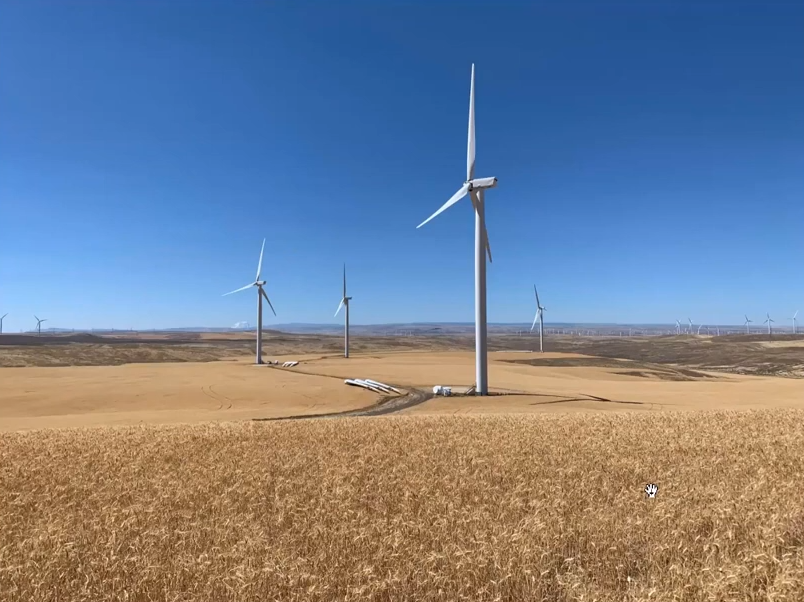Dozens of state-jurisdiction energy facilities across the state – including wind, solar, natural gas, and other energy generation facilities – help keep the lights on in Oregon homes, businesses, schools, and other buildings. So what happens after facilities are approved or built? Who makes sure the facilities are operating safely and meeting state requirements? Learn all about it.
Read MoreThe Energy Facility Siting Council, which is staffed by the Oregon Department of Energy, is a seven-member volunteer council appointed by the Governor and confirmed by the Senate. EFSC is responsible for overseeing the development of large electric generating facilities, high-voltage transmission lines, gas pipelines, radioactive waste disposal sites, and other projects. This state-level oversight of energy facilities helps ensure Oregon has the energy supply it needs while protecting Oregon’s environment and public safety. This oversight includes updating and implementing Oregon Administrative Rules.
Read MoreAs Oregon makes progress on its clean energy goals – including a 100 percent clean electricity target by 2040 for the state’s largest utilities – the state will need new clean energy generation facilities like wind and solar to meet energy demand. But who decides where and how facilities are built in Oregon?
Read MoreOregon’s Energy Facility Siting Council, commonly called EFSC, is responsible for overseeing the development of large electric generating facilities, high-voltage transmission lines, gas pipelines, radioactive waste disposal sites, and other energy projects. EFSC has a set of standards that energy facilities must meet, including standards to protect natural resources, ensure public health and safety, and protect against adverse environmental effects.
Read MoreDid you know the Oregon Department of Energy’s energy facility siting team and the Energy Facility Siting Council currently have more than a dozen state jurisdictional energy facilities in the review pipeline? ODOE wants to make sure Oregonians can stay in the loop in this important public process. Our siting team provides a monthly update that outlines all projects that are in review, including current status and what’s on the horizon so Oregonians can stay informed about progress and view opportunities to get involved.
Read MoreReviewing and potentially siting energy facilities – such as solar, wind, or transmission facilities – in Oregon is a complex and sometimes lengthy process. Proposed energy facilities go through a robust public process to ensure they are up to Oregon’s standards before they can be built.
Read MoreWhen Oregonians turn on the lights, their power is coming from a number of resources – from renewable resources like wind and solar to fossil fuel-based generation like natural gas. Many large energy facilities are reviewed and monitored at the state level, so what happens when one of these facilities has reached the end of its life?
Read MoreOregon’s first utility-scale wind facility began operation in 2001 – today, more than a dozen wind facilities are in operation or under construction in the state. As wind facilities begin to age or produce less power, what happens to the materials – wood, fiberglass, and metals – that make up the turbines?
Read More







